This Map Explains the Historic Tile Color System Used in NYC Subway Stations
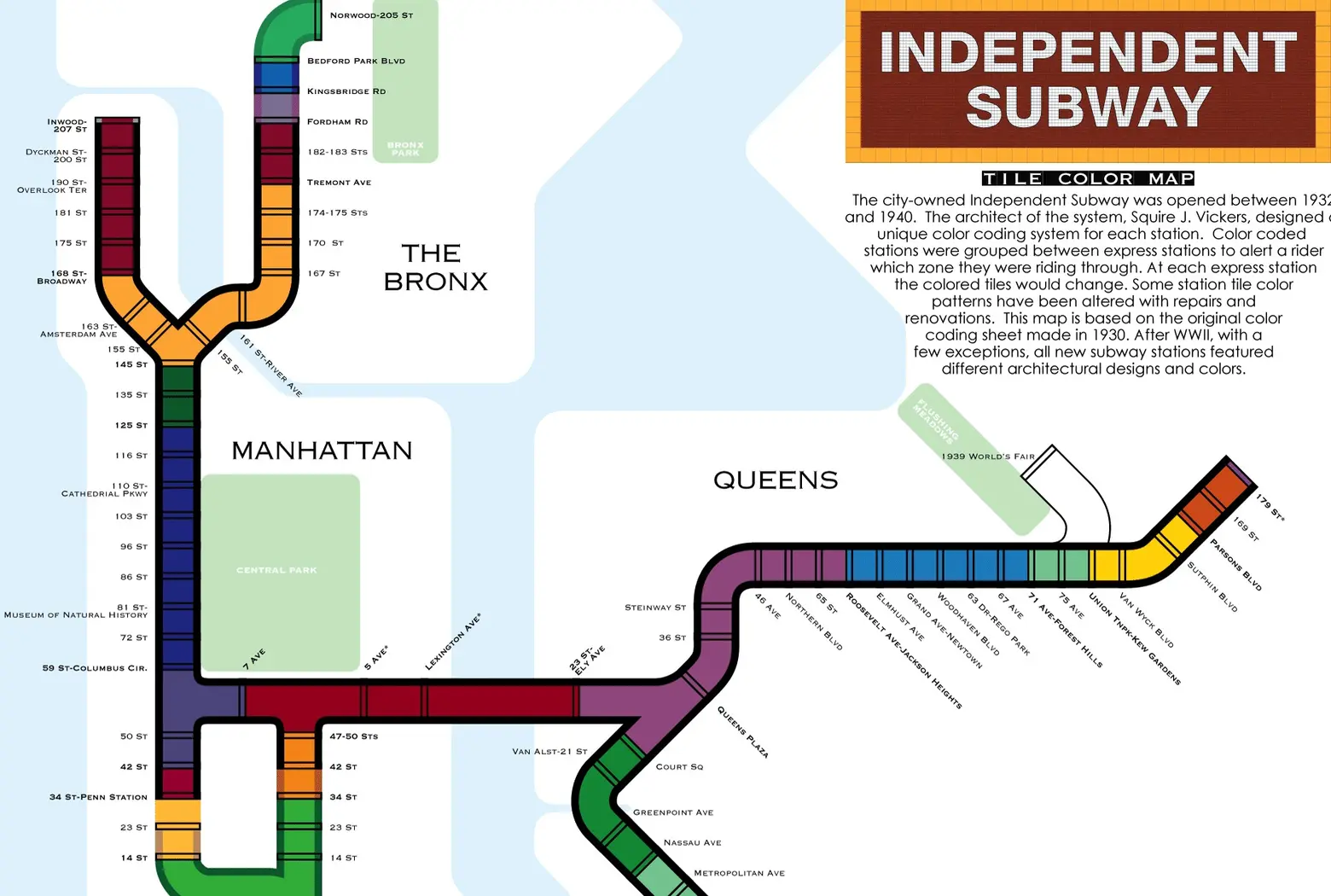
Map by vanshnookenraggen.com via Reddit.
We know the crowds that pack into our city’s subway cars each day are more than colorful enough, but the system also has a super-geeky color-coded navigation system that exists even outside of the main map’s primary colored lines.
The city-owned Independent Subway was opened between 1932 and 1940. Up until 1967, it was the last of three former competing subway systems, and contributed six major lines to what is now the unified New York Subway: A, B, C, D, E, F, G, Q (partial). Squire J. Vickers, the system’s architect, designed a special color coding system for each station. Color coded stations were then grouped between express stations to make riders aware of the zone they were passing through. At each express station, the color of the tiles would change. Some station tile color patterns have been altered with subsequent renovations. The system map is based on the original color coding sheet from 1930. After WWII, almost all new subway stations featured their own unique architectural designs and colors
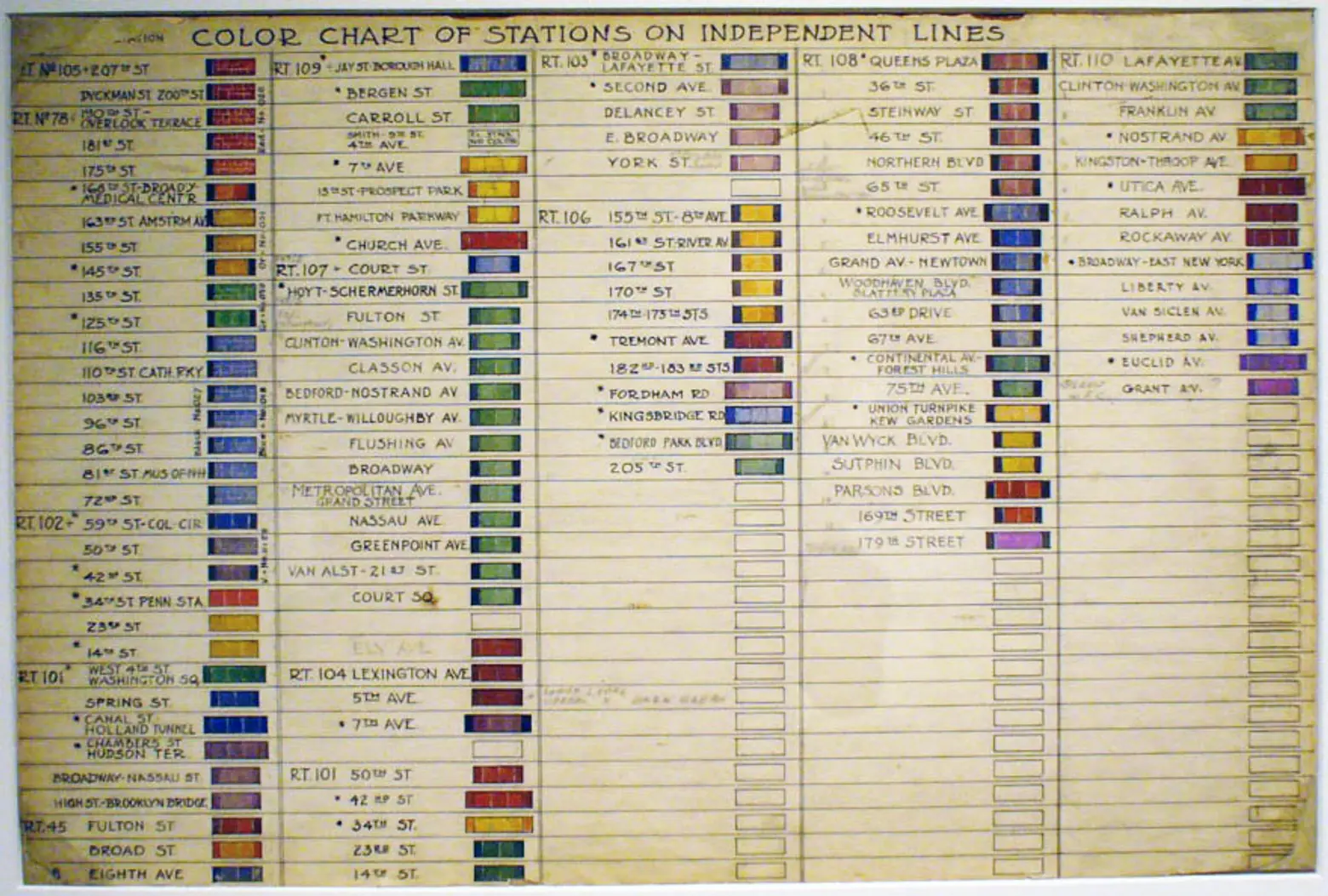 Color Chart of Stations on Independent Lines (New York Transit Museum) via nycsubway.org.
Color Chart of Stations on Independent Lines (New York Transit Museum) via nycsubway.org.
The color variations within this system are subtle: Though they’re grouped by color family, i.e. the five primary colors, different shades are used within those families. Color names are based on paint chips and Berol Prismacolor pencils. Red stations include “Scarlet Red,” “Carmine Red” and “Tuscan Red,” just to name a few, and “Light Green,” “Nile Green” and “Hunter Green” are some of the green family used.
As you head away from downtown Manhattan–either uptown or toward Brooklyn, the color changes each time you reach an express station. After that, all subsequent local stations have tiles in the same color group as the preceding express station. This presumably was done as a means for helping passengers remember where they should change trains to the local on the way home from work. The ‘G’ line skips Manhattan altogether, so it’s treated as if it’s pointing away from Manhattan in both directions; all stations from Court Square to Fulton Street have tiles with the same color group, namely green. Three different shades of green exist in this section.
For example, on the 8th Avenue (A/C) line from 14th to 145th Street, 14th Street is an express stop so it gets its own color, yellow. 23rd Street is a local stop so it keeps the yellow color. Express stop 34th Street gets a new color. 42nd Street is also express so it gets another new color, purple. Next, 50th Street, a local stop, keeps the purple color. 59th Street is an express stop, so it has a new color, blue. And so on (the color schemes cycle through the five primary colors). This was likely to have been designed so that riders had indicators to remind them where to switch from an express to a local train.
You can take a look at this key to find out the color of your usual station’s tiles.
RELATED:
- This Poster Displays All 468 Subway Station Signs
- Tommi Moilanen’s New Subway Map Design Makes It Easier to Navigate the City
- The Subway That Could Have Been: Mapping Never-Built Train Lines and Abandoned Stations
- Map Enthusiast Creates a More Geographically Correct Version of Vignelli’s Old Subway Map
Interested in similar content?
Leave a reply
Your email address will not be published.
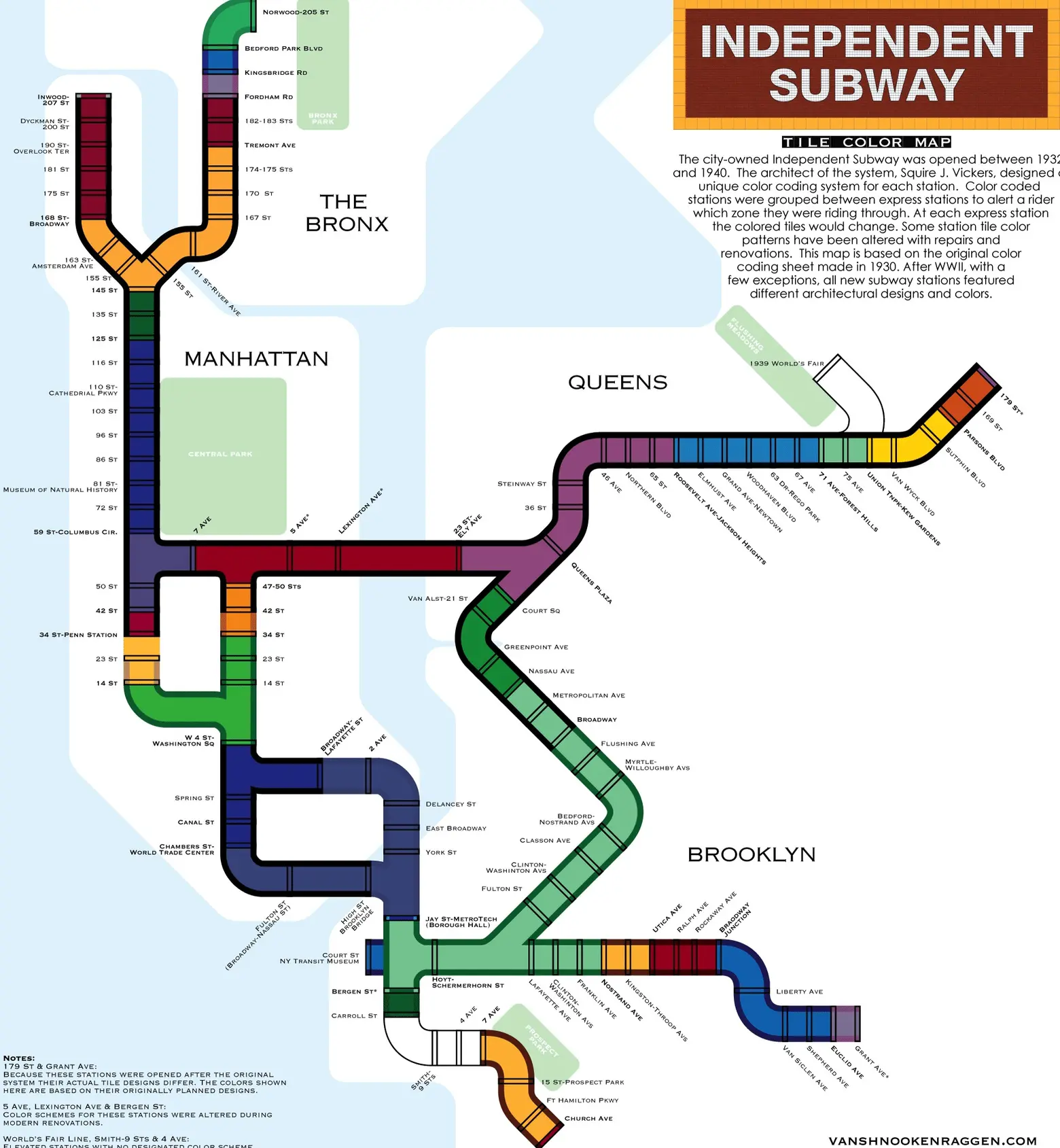
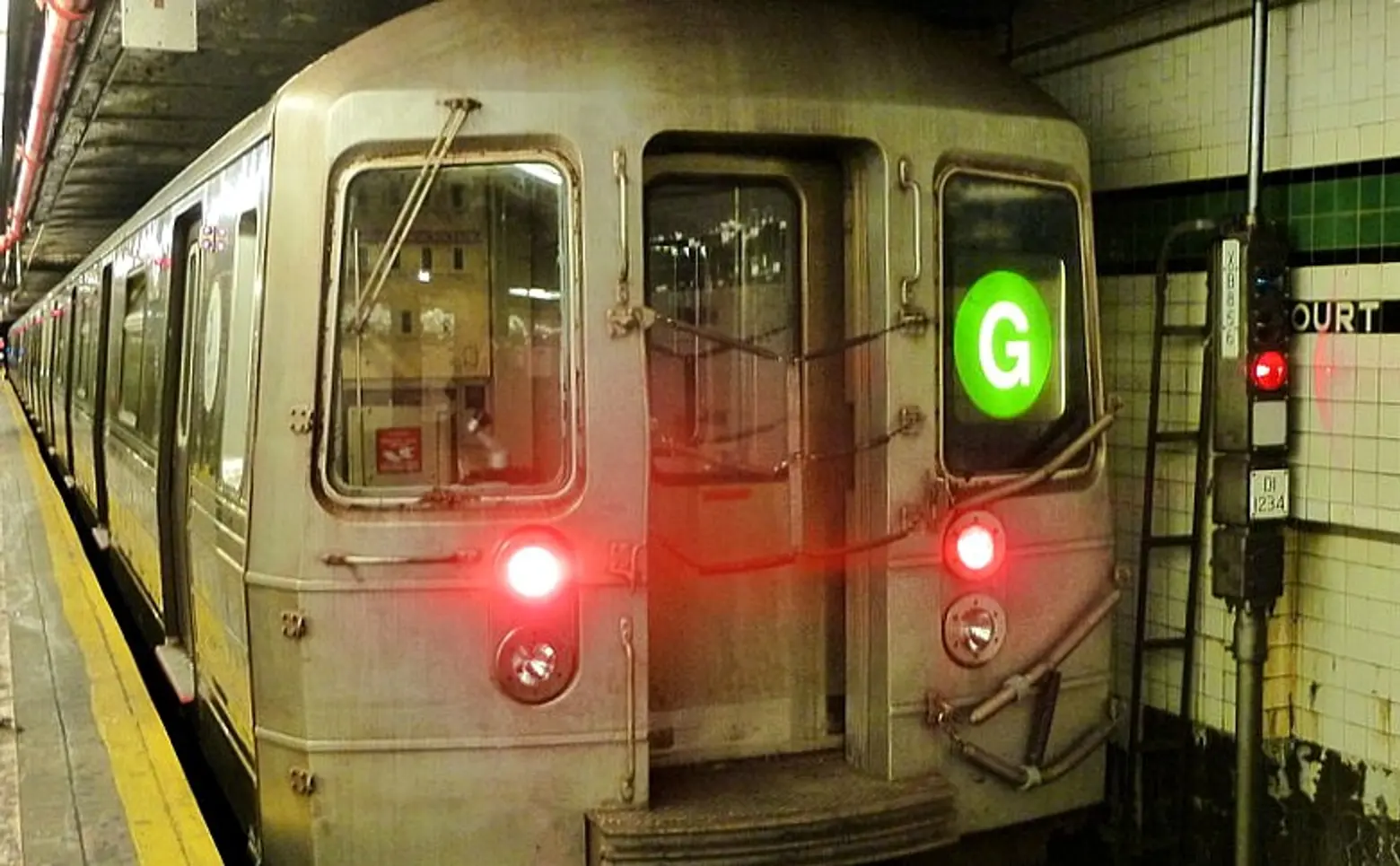
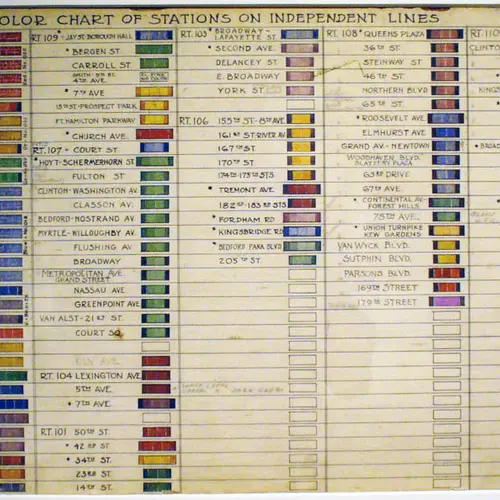
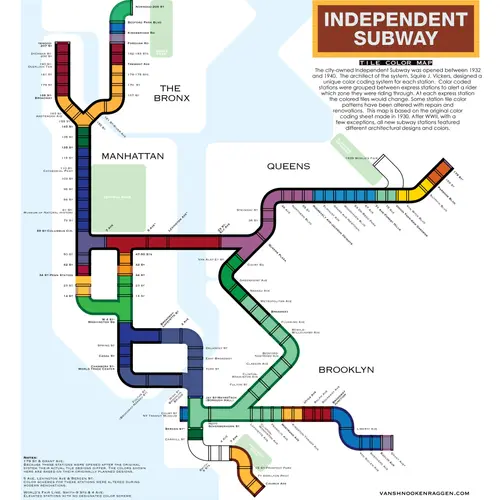
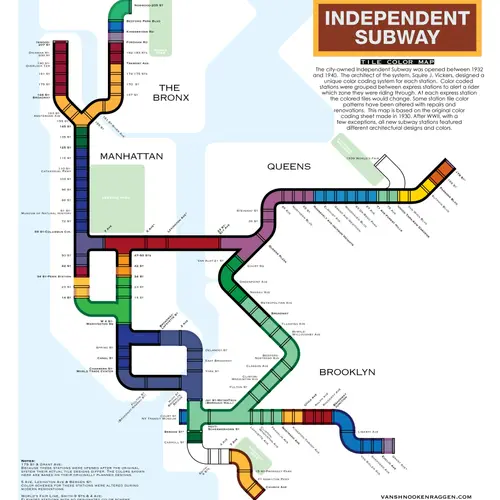
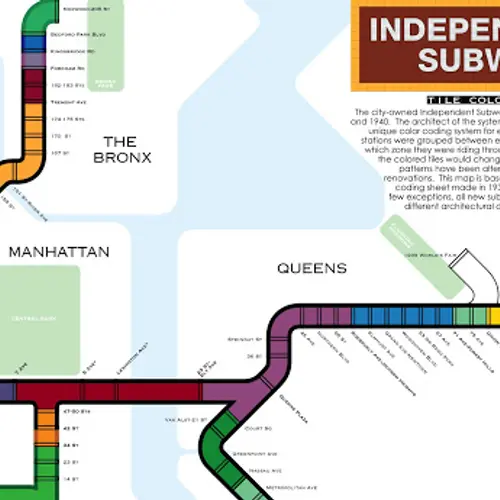
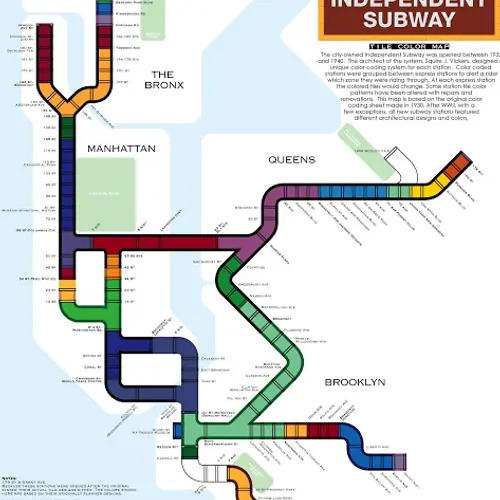
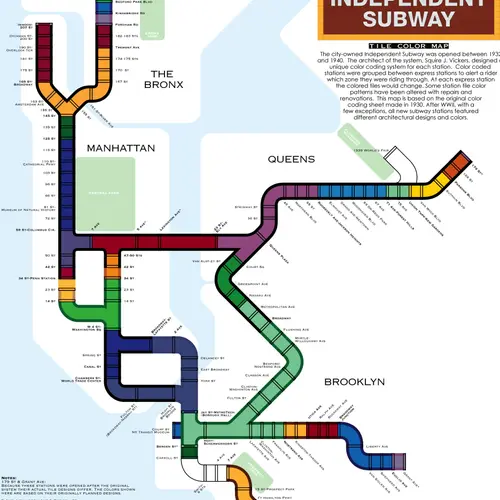





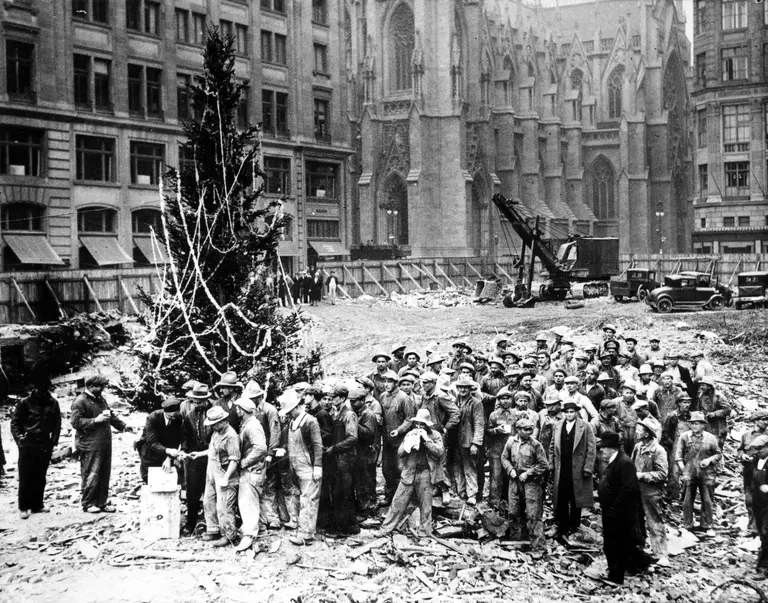
























Interesting.